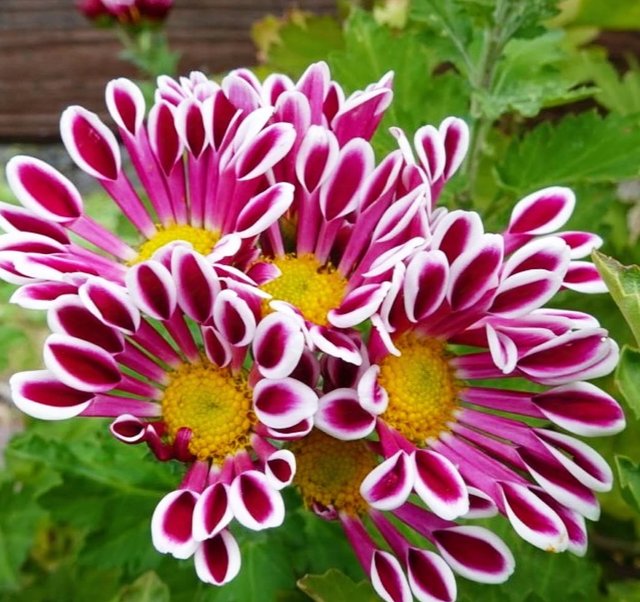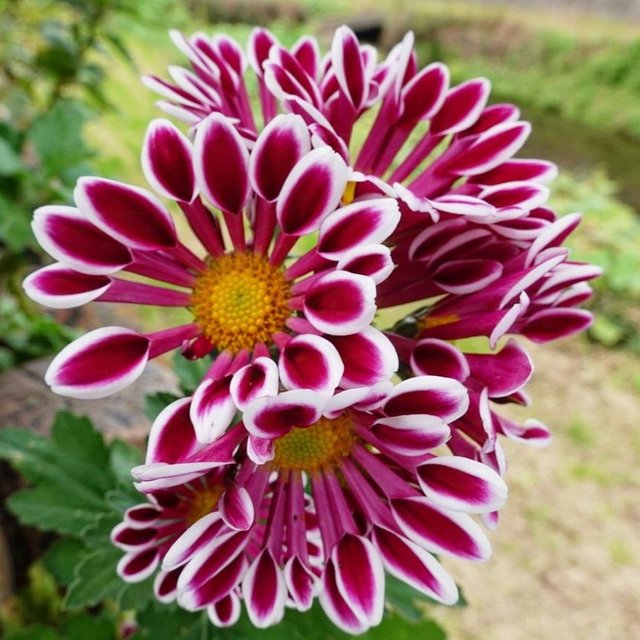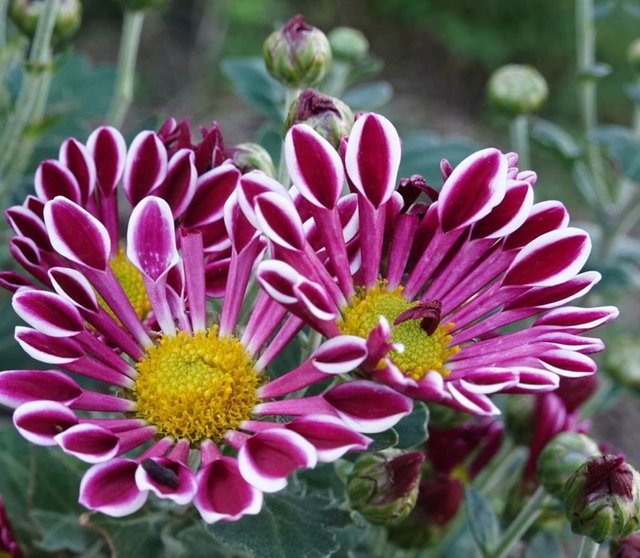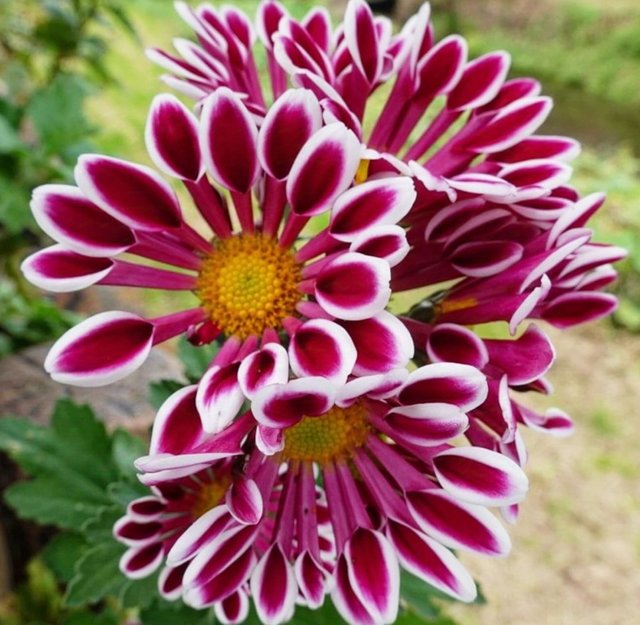The Timeless Beauty of Chrysanthemums: A Symbol of Culture, History, and Resilience
Chrysanthemums, often referred to as "mums," are among the most beloved and culturally significant flowers in the world. Renowned for their dazzling array of colors and intricate petal arrangements, chrysanthemums are much more than just ornamental plants. They embody centuries of cultural heritage, medicinal value, and symbolic meaning that transcend borders. Let’s explore the rich history, cultural importance, and fascinating characteristics of these iconic blooms.
A Flower of Ancient Origins
The chrysanthemum’s history dates back over 3,000 years to ancient China, where it was first cultivated. The word "chrysanthemum" derives from the Greek words chrysos (gold) and anthemon (flower), highlighting its original golden hues. In its native China, chrysanthemums were prized for their beauty and medicinal properties. They were celebrated as one of the "Four Gentlemen" in Chinese art and poetry, symbolizing nobility and perseverance.
From China, chrysanthemums made their way to Japan around the 8th century, where they became a national symbol. The Japanese Imperial Seal features a stylized chrysanthemum with 16 petals, signifying longevity and rejuvenation. Today, Japan celebrates "Chrysanthemum Day" or Kiku no Sekku every September, marking the flower's importance in Japanese culture.
In Europe, chrysanthemums were introduced in the 17th century, where they quickly gained popularity as decorative plants. Each region adapted the flower to suit its customs, making it a global phenomenon.




